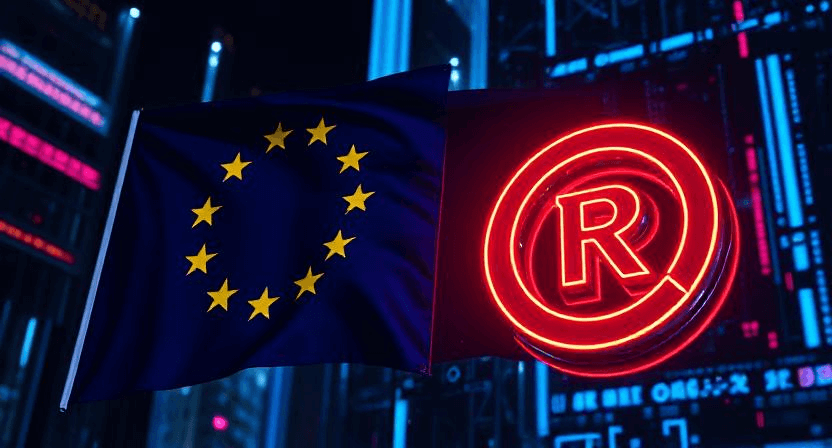Navigating Trademark Protection Policies on Cross-Border E-Commerce Platforms: Amazon and eBay
The rapid growth of cross-border e-commerce has revolutionized global trade, enabling businesses of all sizes to reach international audiences. However, this expansion has also intensified challenges related to intellectual property (IP) rights, particularly trademark infringement. Platforms like A…
The Critical Role of Trademark Registration in Cross-Border E-Commerce: Safeguarding Against Brand Infringement Risks
The rapid growth of cross-border e-commerce has transformed global trade, enabling businesses to reach customers in every corner of the world. However, this expansion brings significant legal challenges, particularly regarding intellectual property (IP) rights. Among these, trademark infringement s…
Navigating the Critical Deadlines for U.S. Trademark Renewal: A Guide for Years 5–6 and 9–10
Maintaining a U.S. trademark registration is not a “set it and forget it” process. To keep your trademark rights alive, you must comply with strict deadlines for filings and fees at key intervals: between the 5th and 6th year, and again between the 9th and 10th year after registration. …
Trademark Classification Tactics: How the Nice Classification Impacts Protection Scope in the U.S. —A $500,000 Mistake: Real-World Lessons on Choosing the Wrong Classes
In the high-stakes world of trademark registration, the Nice Classification system is the backbone of legal protection. Yet, countless U.S. businesses learn the hard way that a single misstep in class selection can turn a thriving brand into a legal nightmare. This article dissects a costly real-wo…
Amazon Brand Registry 2.0 Practical Guide: Key Steps for Cross-Border Sellers to Prevent Hijacking and Protect Brands
In the world of cross-border e-commerce, “hijacking” (Listing Hijacking) on Amazon has always been one of the most significant challenges for sellers. Hijackers steal traffic by undercutting prices, diluting brand value, and potentially causing issues like poor product quality, negative…
Navigating Conflicts Between EU Trademarks and National Trademarks: Legal Frameworks and Resolution Mechanisms
Introduction The European Union’s trademark system, established under the EU Trade Mark Regulation (EUTMR), provides businesses with a unified mechanism to protect trademarks across all 27 member states through a single registration—the European Union Trade Mark (EUTM). However, this system coexist…
A Comprehensive Guide to Registering an EU Trade Mark (EUTM) Through the European Union Intellectual Property Office (EUIPO)
Securing trademark protection across the European Union’s 27 member states has never been more streamlined, thanks to the EU Trade Mark (EUTM) system administered by the European Union Intellectual Property Office (EUIPO). This unified process allows businesses and individuals to obtain trademark r…
2025 U.S. Trademark Transactions Outlook: Key Industries to Watch
The U.S. trademark marketplace is evolving rapidly, driven by technological innovation, shifting consumer preferences, and emerging industries. As we look ahead to 2025, trademark transactions are expected to surge in sectors that align with global megatrends—from AI-driven tech to sustainable cons…
The Thin Line of Trademark Infringement: Lessons from the Apple vs. Samsung Design Patent War
IntroductionIntellectual property (IP) disputes often serve as high-stakes battlegrounds for corporations, shaping industries and legal precedents. While trademark infringement and design patent violations fall under distinct legal frameworks, both highlight the critical importance of protecting cr…
A Comprehensive Guide to U.S. Trademark Application: From Search to Registration, Avoiding Common Pitfalls
In the United States, trademarks are valuable assets for brand building. A successful trademark not only enhances brand recognition but also brings significant commercial value to a business. However, the U.S. trademark application process is complex, and missteps can lead to application rejection …










